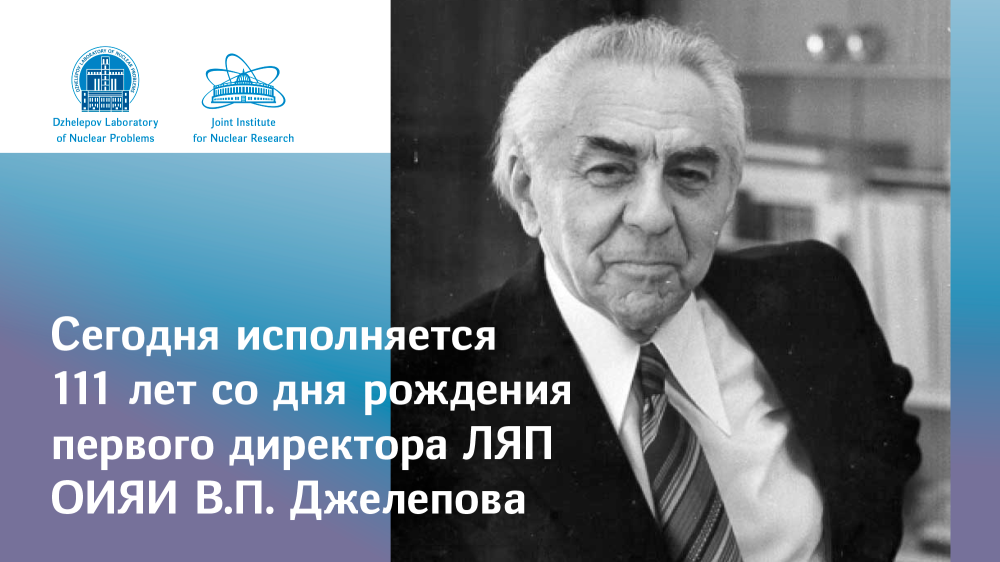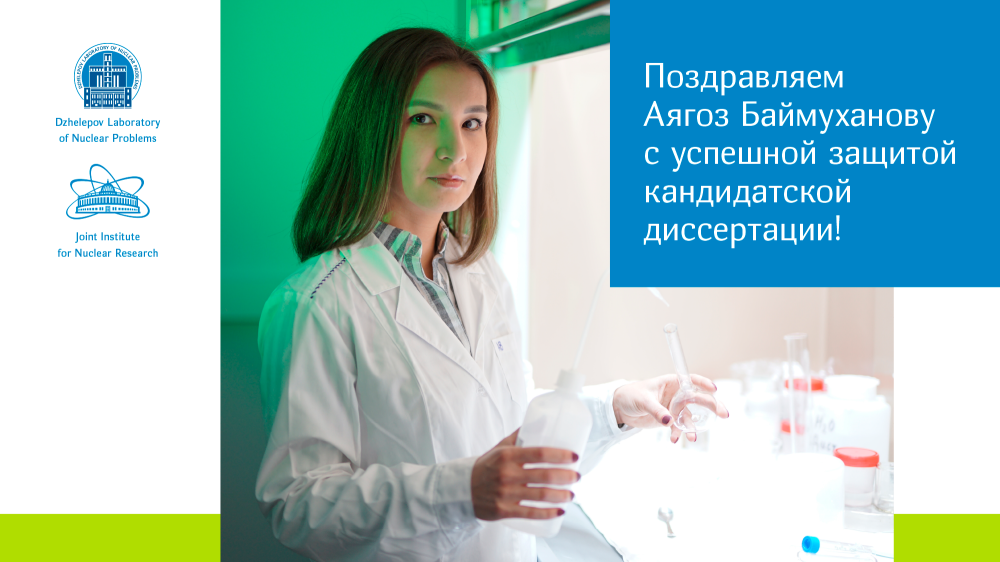First Joint Biological Research by the Molecular Genetics Group (DLNP, JINR) and the Baksan Neutrino Observatory (BNO, RAS) in the DULB-4900 Low-Background Laboratory

The experiments use a molecular genetics model organism, a fruit fly D. melanogaster, which allows studying both how its genes work and how internal systems of this complicated organism react to such extreme conditions. The results will not only permit evaluating the impact of the reduced radiation background on different parameters of organisms but also give insights to specialists in astrobiology and astronautics for simulating environment of deep space and other planets.
The first experiment has been already conducted. In transcriptome analysis, a number of genes were spotted whose activity had changed in response to the DULB-4900 environment. The unexpected continuation of the study was an experiment on the search for and examination of endemic species inhabiting areas with reduced radiation background close to a magma chamber and having adapted to the severe environment.
Photo by Mikhail Zarubin (Molecular Genetics Group).













